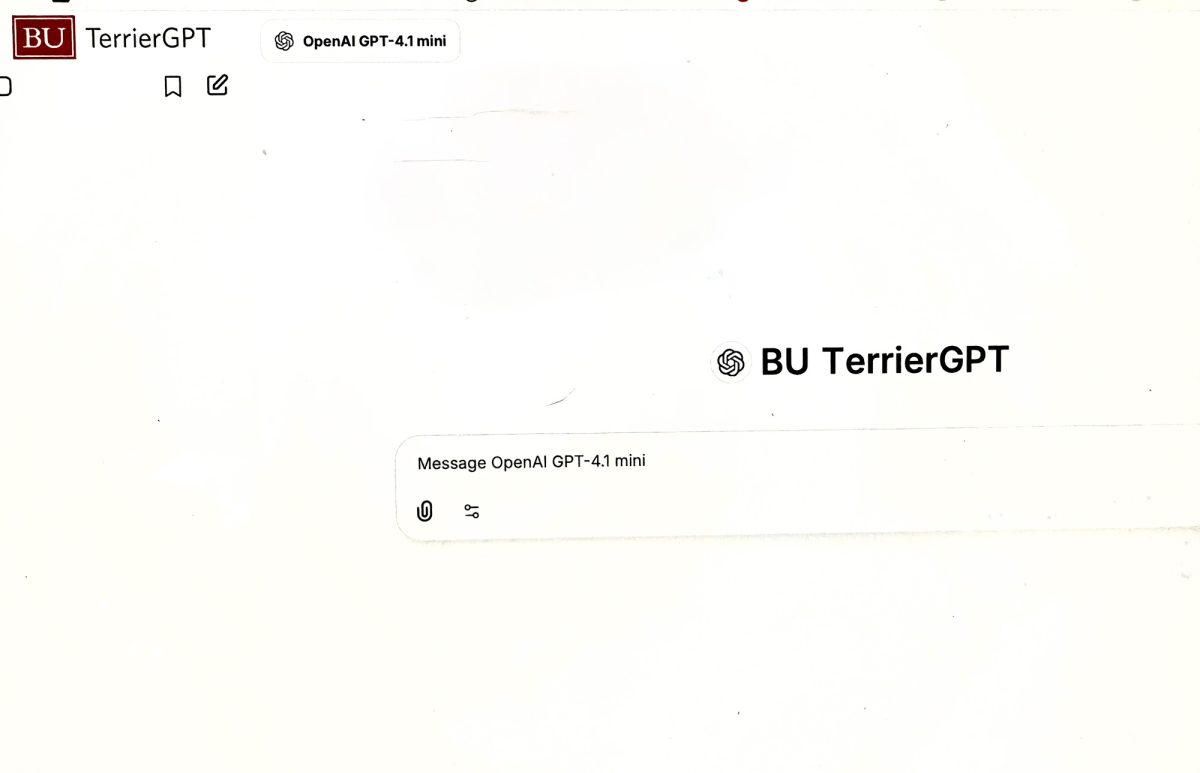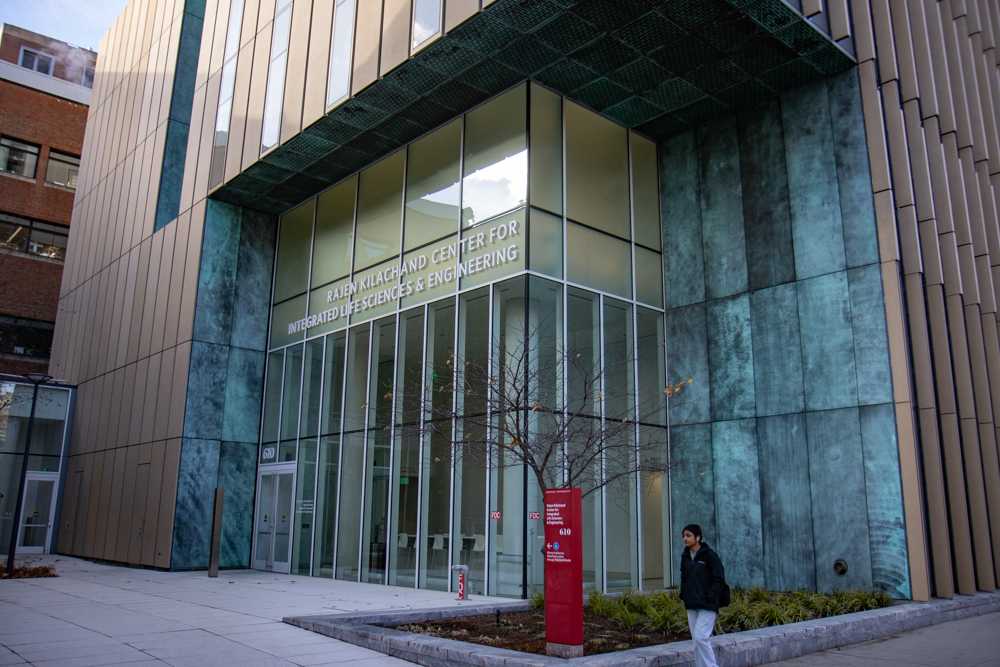Two decades of the Web are now behind us and surfers are still sharing funny pictures of cats.
However, photoshopped pictures and Rick Astley music videos are not the only stimulation beaming across the Web each day. Now, with the Internet offering greater and once unimaginable possibilities as it blows out 20 candles, geeks and average Joes are having their cake and eating it too.
Al Gore aside, it is nearly impossible to pin down the inventor of the Internet since it began in some form as an ever-evolving network of computers as early as the 1950s. The Web’s creation occurred more recently and usually is credited to just one man.
WHO FIRST SPUN THIS TANGLED WEB?
Twenty years ago this month, Tim Berners-Lee, a software consultant at the European Organization for Nuclear Research, commonly called CERN, proposed an Internet-based hypertext (text containing clickable references called hyperlinks) system to keep track of the vast amount of research of the particle physics laboratory in the suburbs of Geneva.
‘When describing a complex system, many people resort to diagrams with circles and arrows,’ Berners-Lee said in his original proposal. ‘Circles and arrows leave one free to describe the interrelationships between things in a way that tables, for example, do not. The system we need is like a diagram of circles and arrows, where circles and arrows can stand for anything.’
CERN is the home of the Large Hadron Collider, the world’s largest particle accelerator which is scheduled to begin operating this fall. The LHC was to begin experiments last September but problems arose and a year of repairs is underway.
Massive projects like LHC draw scientists from all over the world who generate vast amounts of information. Berners-Lee proposed the Web as a way to connect the otherwise autonomous and incompatible computers of researchers.
Many average computer users indiscriminately swap the term World Wide Web for Internet and vice versa but they are actually two different interconnected entities.
Technically, the Internet is a communications infrastructure, and the Web is an application running over it, Craig Partridge, chief scientist of Internetworking at BBN Technologies in Cambridge.
‘An analogy is that the Internet is the road, and air transportation network and the Web is FedEx or some similar use of the transportation system,’ he said.
Other commonly used Internet applications include email, file sharing, BitTorrent and Skype.
College-aged students have literally grown up with the Web ‘-‘- about half of all undergraduates are younger than it. But the way it works and its full potential are a mystery to many young people who take the Web for granted.
Berners-Lee created HTTP, URLs and HTML, the three major innovations that led to the Web between October and December of 1990. On Christmas Day that year, Berners-Lee along with CERN colleague Robert Caillau and others established the first communication between a Web browser and a server using the Internet.
HTTP, the lingua franca of the Web, is a protocol that allows one computer to request a specific resource such as a picture, music file, text or a program from another computer, Azer Bestavros, a Boston University computer science professor, said. Such resources are located using a URL, or Universal Resource Locator, and are viewed using a browser like Internet Explorer, he said. HTML is the way a person writes information in a Web document to describe whether it should appear as plain text, a picture, a link or any number of other things that may be on a Web page.
Internet users could share information with one another before the Web through programs like File Transfer Protocol and email, but few people other than scientists, researchers and students used the Internet. The Web allowed users to publish easily, so people started putting huge amounts of information on the Web.
IT’S NOT ALL SEMANTICS
Web inventor Tim Berners-Lee is by no means done with revolutionizing our lives. His current project is the Semantic Web, which he calls ‘a web of data that can be processed directly and indirectly by machines.’
The Web as it works today contains endless amounts of information as documents linked to other documents. In this form, users can search for the information on computers, but a human must actually read and understand the information to gather anything useful from it.
In Semantic Web, all of this data becomes a part of the Web, and computers will be able to understand it. Semantic Web is not a replacement but is an enhancement of the current Web. Instead of links connecting documents or pages, the links will actually be between the data, like in a database.
‘The basic effort of Semantic Web is to make the Web work better for people,’ Ted Thibodeau, Jr., a technical evangelist at OpenLink Software in Burlington, said. ‘The way to make that happen is to make it work better for machines.
When a link appears on a Web page now, the only thing a user knows about the link is that it points from one document to another. There is no way of knowing why it does so other than the fact that the person who wrote the page said it should be linked. Semantic Web will be capable of figuring out what the named entities are on a given page, as in if that link provides information about the page author, the title of the page, and the subject of the page, and can then make links to more information about those named entities.
The average Web user will never be aware of the Semantic Web at work other than using a World Wide Web that works better.
One example of how a Semantic Web machine would improve the Web for a person would be in search engines. Now when a Web user goes to Google and searches for ‘Madonna,’ results pertain to the singer, the mother of Jesus and the numerous works of art based on the religious figure. Semantic Web searches will be able to identify the search term and prompt the user to refine the search.
‘The way the search will happen is you might get choices that say we know about Madonna the singer, the statue and the religious figure, which one did you mean?’ Thibodeau said. ‘And you get to refine your search and get into a finding situation rather than a really big searching situation.’
WORLD WIDE USE OF THE WORLD WIDE WEB
Not only are more people logging onto the Web than ever before, but its pervasiveness is also expanding. Soon, having the ability to access the Web from appliances at home and work, cars and public spaces may very well move out of the realm of science fiction, Bestavros, at Boston University, said.
The most prominent example of Web use not on computers is on Smartphones, like Apple’s iPhone. Smartphones allow Web users to access the information superhighway from anywhere they have a couple of bars of cellular service.
Mobile Web use more than doubled in the last year with the number of users increasing from 10.8 million in January 2008 to 22.4 million in January 2009, according to the Internet marketing research company comScore.
While many Americans and other Westerners use the Web for hours each day from their laptops and BlackBerrys, only 1.5 billion people around the world use the Web. For the nearly 5.5 billion who do not use it, the Web offers untapped opportunities and little understood barriers that at least one organization is beginning to explore.
The Web empowers people to get necessary information about health care and basic education, Steve Bratt, CEO of the World Wide Web Consortium and the World Wide Web Foundation, said. The Web can also open the door to entrepreneurship to people who have good ideas despite any socioeconomic situation, he said.
‘There are a large number of people who only speak a language that is not represented on the Web,’ Bratt said. ‘The character sets that the language is written in can’t be represented on the web so those people are effectively shut out.’
When the World Wide Web was conceived, there was no Netflix, Amazon, Facebook, Wikipedia or any of the other services that have revolutionized the way we live. But its fundamental purpose is still intact.
‘If one thinks of the original purpose as information sharing, then in many ways one can say that until today, that’s what the web is all about,’ Bestavros said. ‘It’s the scale and the nature of what we share that has evolved way beyond the modest intentions in 1990s.’
Even five years ago when the Web seemed to already be an essential component of our lives, few could have predicted the power of Web phenomena like Twitter and YouTube. So as users everywhere pretend to know what the Web is all about, what could we possibly expect from the future?
‘One thing I learned since I started using the Internet in the mid-1980s is to never try and predict how it will evolve,’ Bestavros said.
























































































































